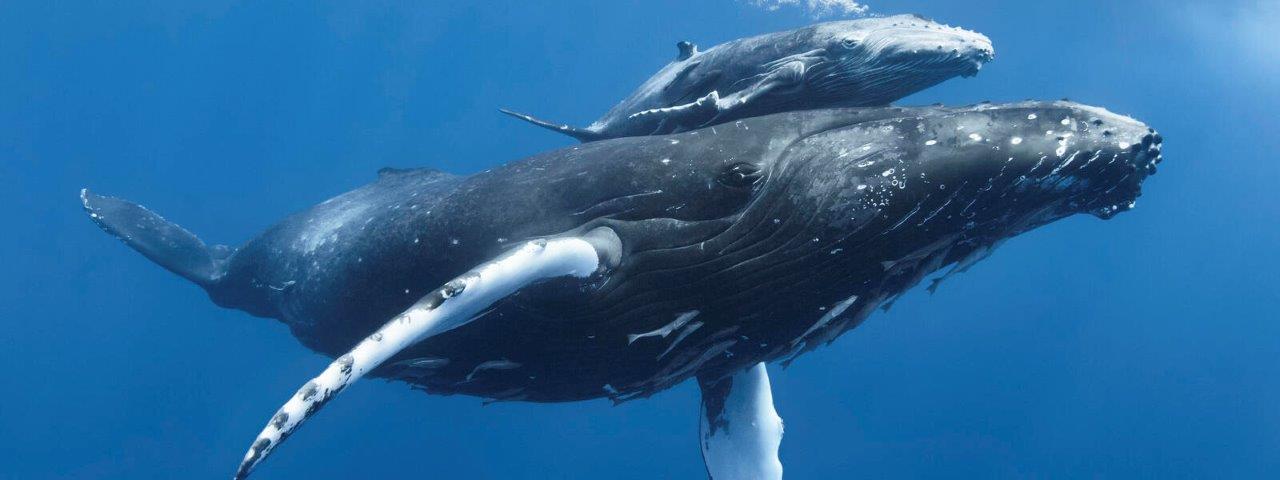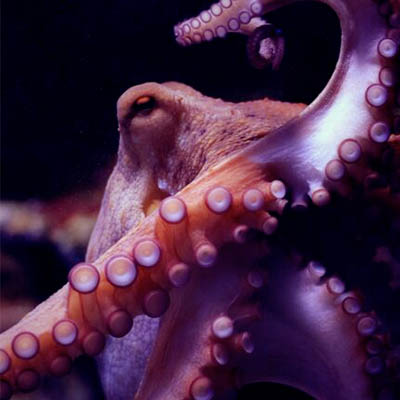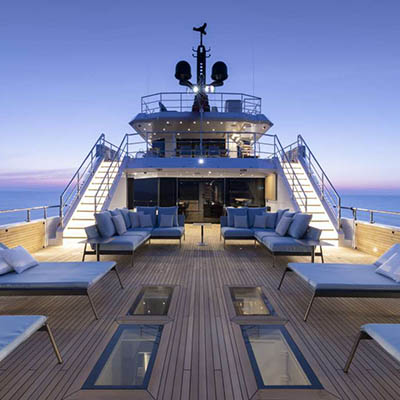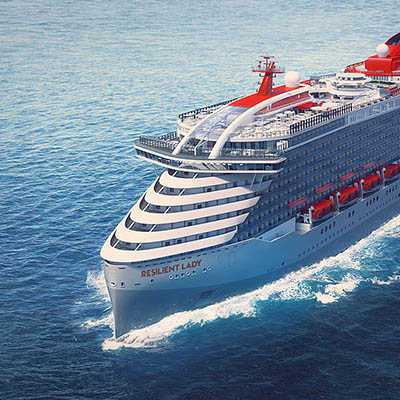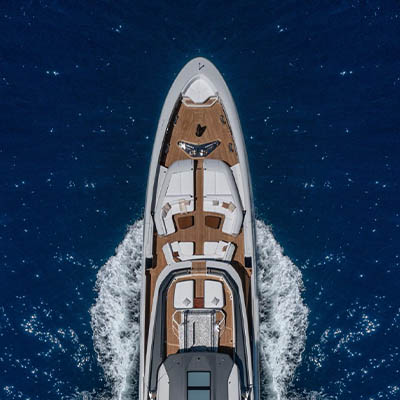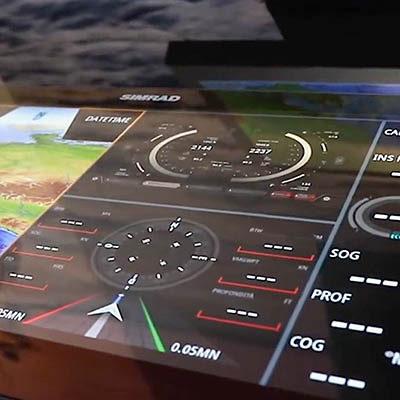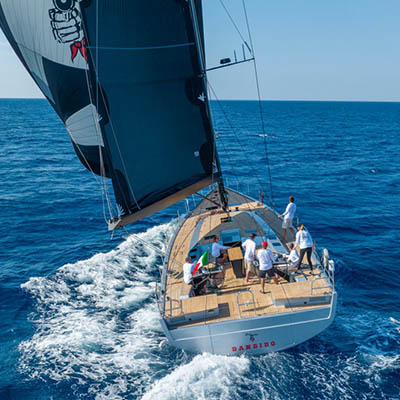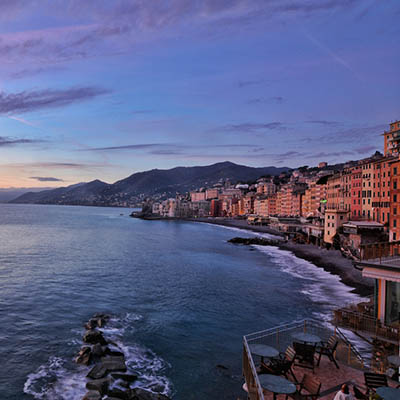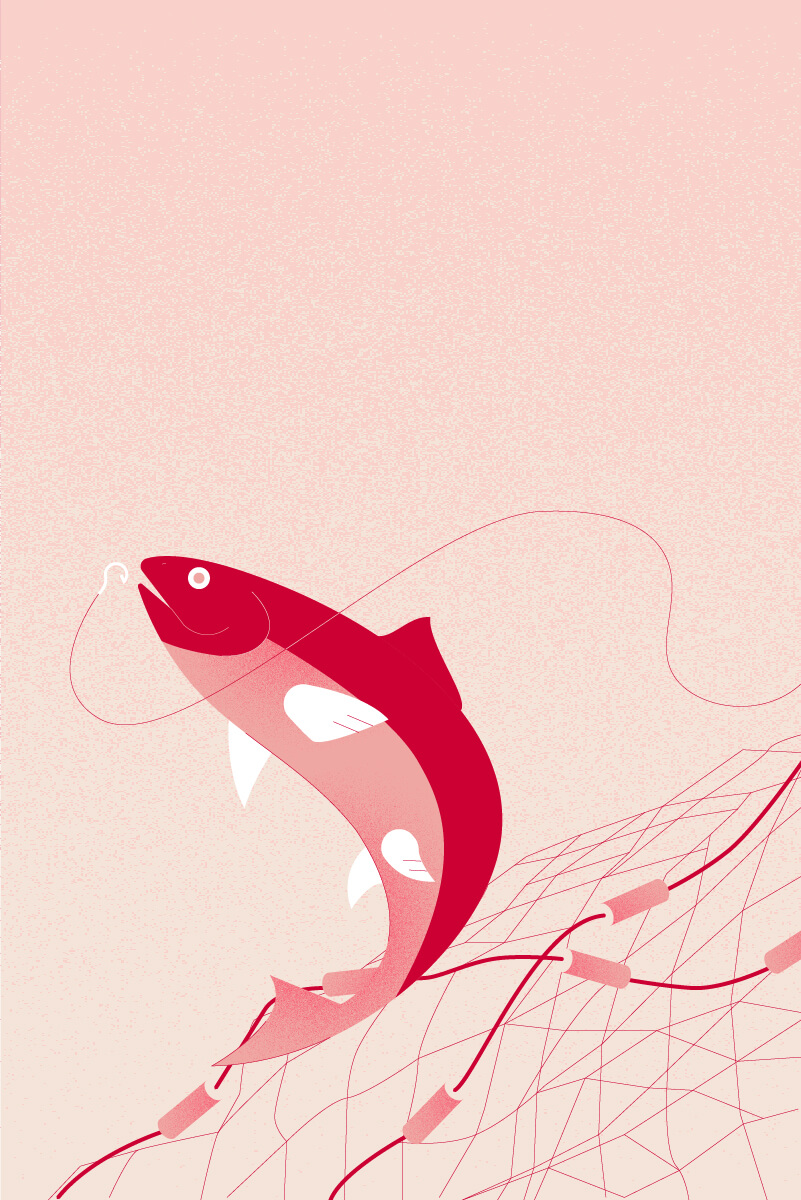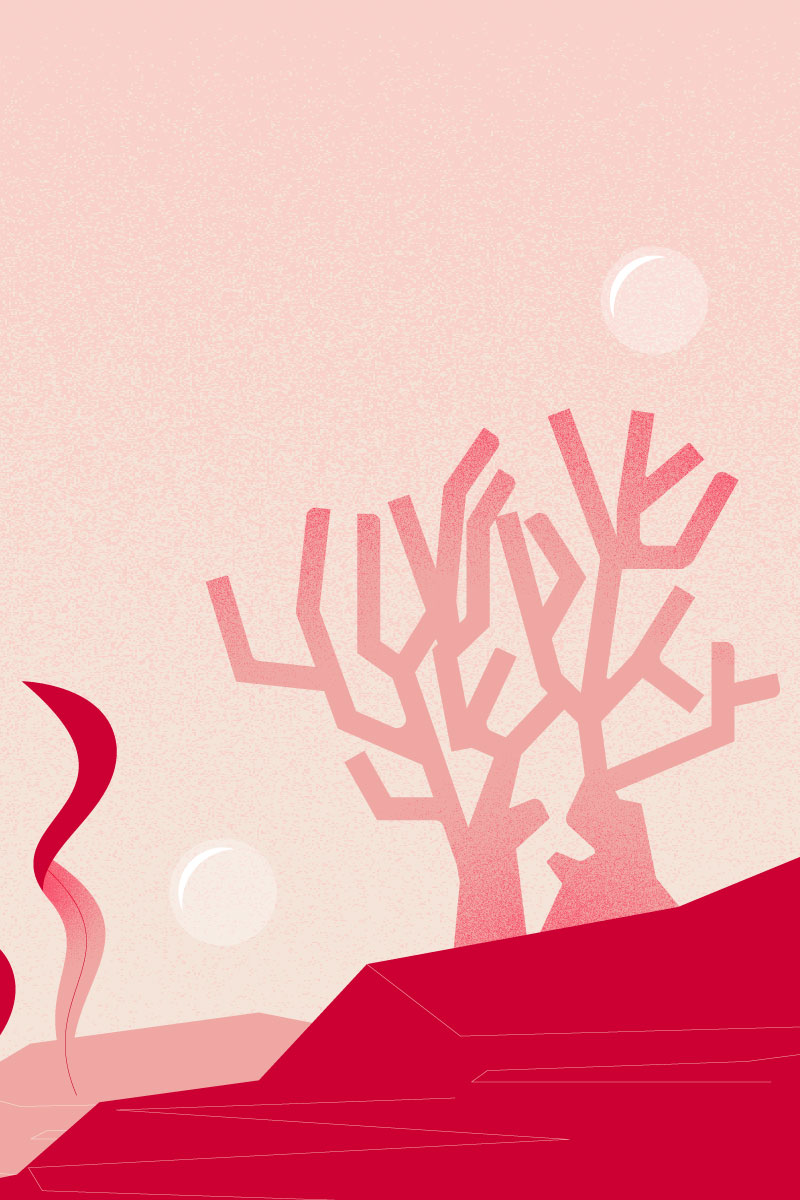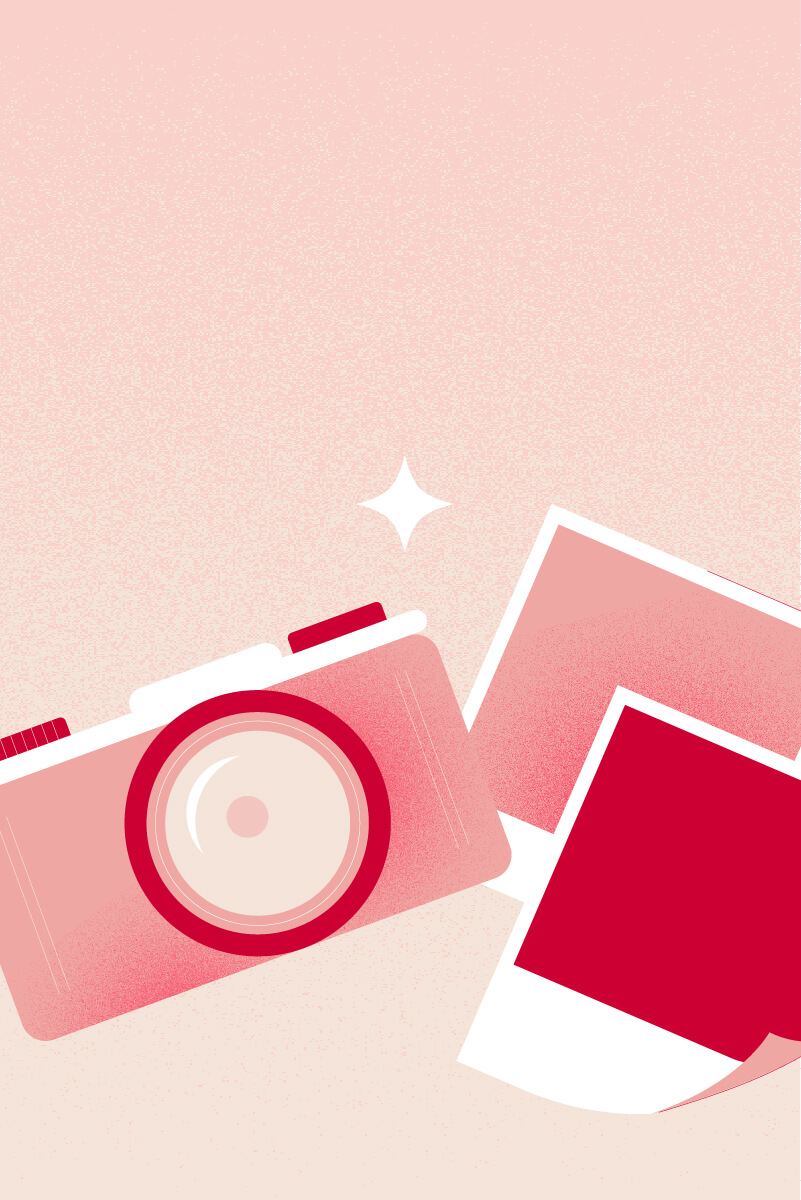The appeal of the WWF to the United Nations: “Protect the whale highways”
The “Protecting Blue Corridors” study analysed the satellite tracking of over 1000 migrating whales across the globe, using the data coming from 30 years of research.
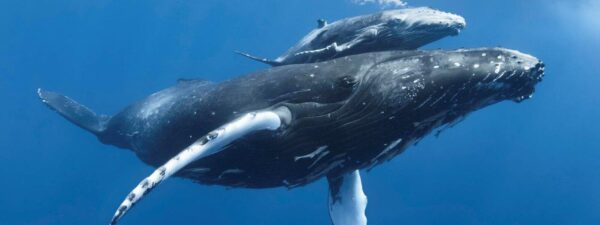
The “Protecting Blue Corridors” study analysed the satellite tracking of over 1000 migrating whales across the globe, using the data coming from 30 years of research.
The WWF (World Wildlife Fund) in partnership with over 50 research groups belonging to universities from all over the world, has recently published an important report offering a first complete overview on whale migration and on the threats they have to face when crossing the oceans.
The study, “Protecting Blue Corridors”, analysed the satellite tracking of over 1000 migrating whales across the globe, using the data coming from 30 years of research. The result outlines how these magnificent animals are encountering multiple and growing threats in their critical ocean habitats, meaning the areas in which they eat, mate, give birth and nurse their young. The dangers do not stop during their yearly migrations reaching up to thousands of kilometres.
According to Chris Johnson, the global lead for whale and dolphin conservation at the WWF, “the cumulative impact of human activities, including industrial fishing, ship passage, chemical, plastic and acoustic pollution, loss of habitat and climate change are creating a dangerous and sometimes fatal obstacle course. With intensive fishing we estimate that approximately 300 thousand specimens of marine mammals are killed each year including whales, dolphins and porpoises. What is worse is that this phenomenon occurs from the Antarctic to the Arctic.”
The study reports that 6 out of the 13 species of large whales are now classified by the International Union for Conservation of Nature (IUCN) as endangered or vulnerable, even after decades of being protected from commercial hunting. At the top of this list is the North Atlantic Right Whale, which migrates between Canada and the United States, of which remain only 336 specimens, the lowest number since the detailed study of the species began.
The WWF highlights how the protection of “blue corridors”, the whale highways, requires a new type of approach, which needs cooperation not only locally but internationally. For this reason, they are turning to the United Nations, who are tabling talks for cooperation between the countries aimed at managing international waters, going beyond national borders.
The advantages coming from protecting these magnificent animals are many: from the health of the marine environment and ocean to the commercial value of whale watching tourism. The International Monetary Fund has calculated that the value of a large whale is 2 million dollars. Multiplying that by the number of living whales and we are looking at a trillion dollars, meaning a million billion. Maybe this time it will be money that creates good intentions. To learn more, visit the dedicated WWF whale website.
Photo source: WWF, Wikipedia
Topics: blue corridors, protecting whales, whales, world wildlife fund, Wwf

